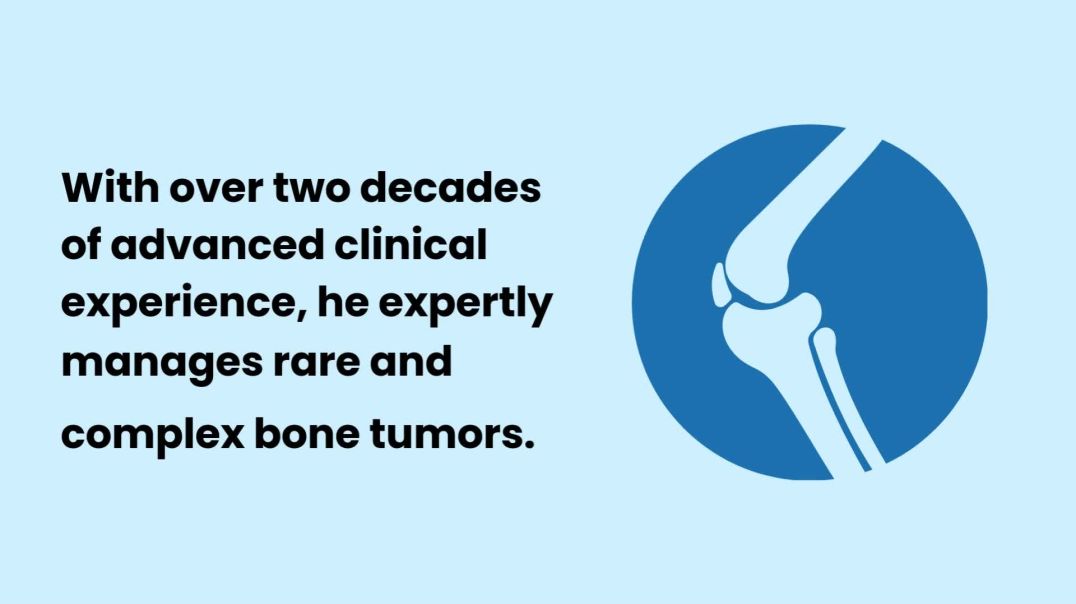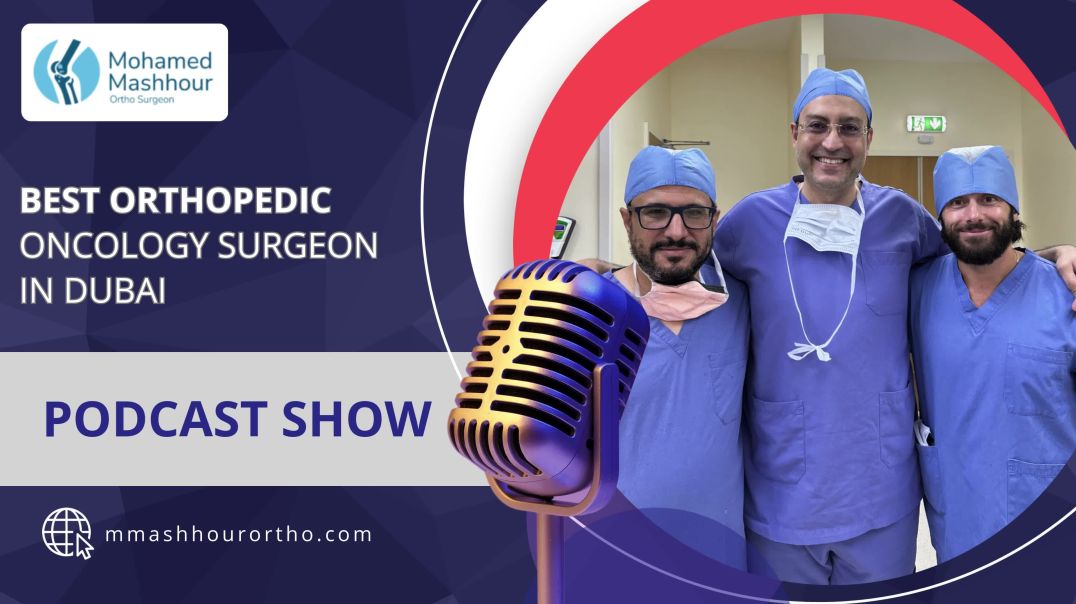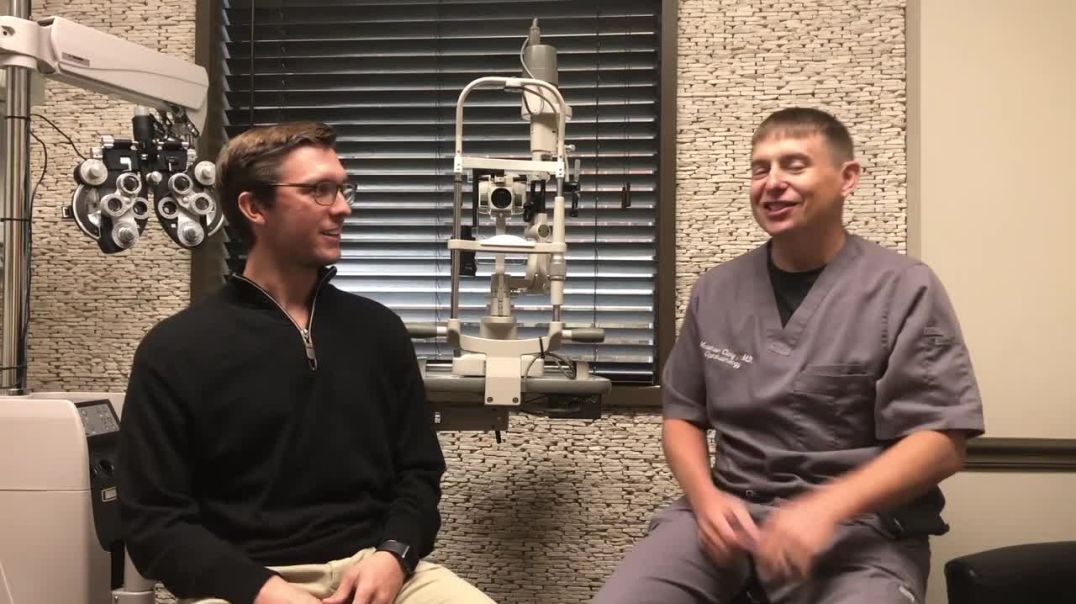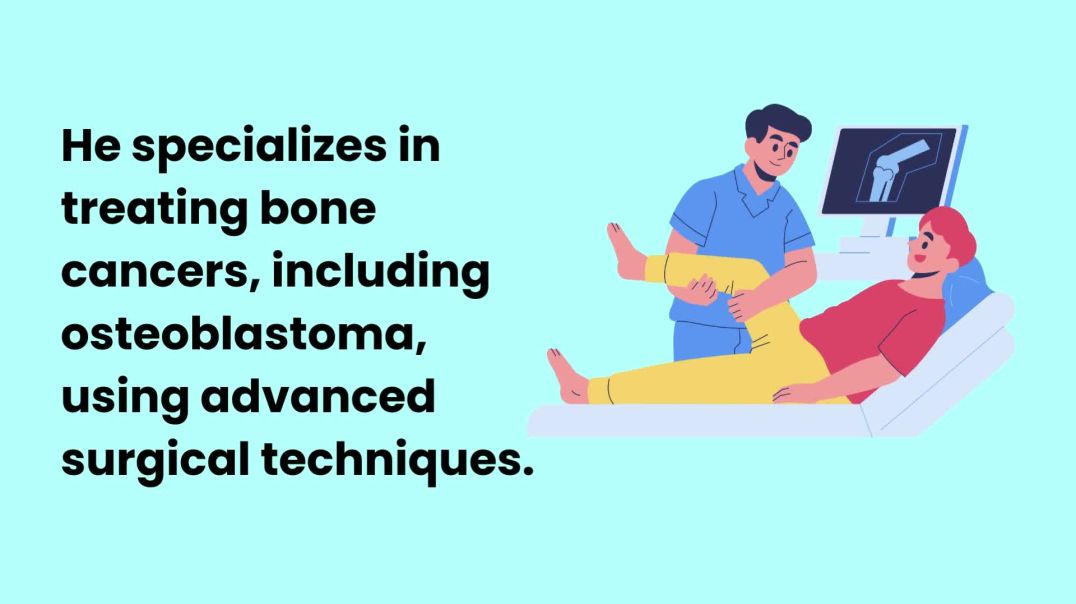3759 Views· 15 February 2024
What is Amyloidosis? | Symptoms, Diagnosis, Treatment | Visual explanation
This video covers the pathophysiology, presentation, diagnosis and treatment of amyloidosis. This video aimed at helping medical students and junior doctors learn hematology.
In short:
- Amyloidosis is a rare disease characterized by a buildup of abnormal amyloid deposits in the body. Amyloid deposits can build up in the heart, brain, kidneys, spleen and other parts of the body.
- The most common types of amyloidosis are: AL (Primary) Amyloidosis, AA (Secondary) Amyloidosis and ATTR (Familial) Amyloidosis.
- Amyloidosis isn’t curable. Treatment aims to slow amyloid protein production and reduce symptoms.
Timecodes:
0:00 Introduction
0:23 What is Amyloidosis?
0:33 Causes
1:08 Types
2:09 AL - Primary Amyloidosis
3:22 AA - Secondary Amyloidosis
4:02 ATTR - Familial Amyloidosis
4:29 Symptoms
5:21 Diagnosis
6:38 Treatment
8:18 The end
#Amyloidosis #hematology #medstudent





























0 Comments